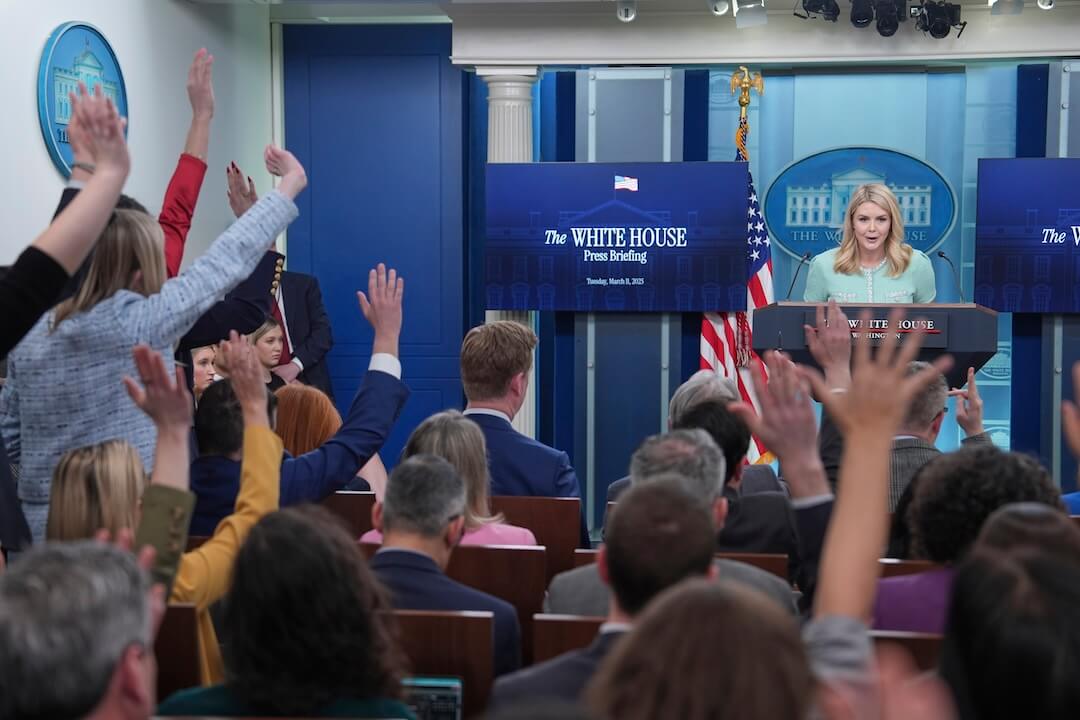Ae you more likely to click on “27 Cats That Just Can’t Handle It” or “35 Things You Will Never See Again In Your Life“?
Betaworks’ chief data scientist Gilad Lotan looked at about 10,000 BuzzFeed listicles published over a three-month period to determine which listicle length had the highest “audience score,” a Betaworks metric that he writes “measures the quality of the users interacting with a piece of content” and “helps us identify content that is performing well before it becomes heavily shared or very visible.”
While listicles with 10 items are the most prevalent (BuzzFeed sells lists of that length to advertisers, Lotan writes), and there are plenty of even-numbered lists, odd numbers have “higher audience score on average” and “the number 29 tends to have an advantage over the rest,” Lotan writes.
Lotan, who is on Poynter’s National Advisory Board, put together an interactive graphic for his research. Looking at the graph of odd-numbered lists and audience scores, I arrived at the following list of the Top 5 numbers:
- 29
- 91
- 55
- 71
- 41
But as Lotan pointed out in an email with me, there were only two listicles with 71 items (“71 Fictional Beers You Wish You Could Drink” and “71 Reasons We Need To SAVE CORGIS FROM EXTINCTION“) and only one with 91 items (“How Much Are These 91 TV Shows Worth To Advertisers?“). So those are “less interesting numbers,” he writes in an email.
Lotan referred me to this graph:
Do not sleep on 27.
I asked BuzzFeed Editor-in-Chief Ben Smith whether his publication uses such data to determine the length of lists. Buzzfeed doesn’t “engineer from a number,” he wrote in an email, adding, “we try to have things be exactly the right length for their content.”
Smith noted that it isn’t new to do lists that aren’t pegged to an “arbitrary even number” — women’s magazines, he writes, “have operated on that principle forever.”
But, he said, “I think that this may be a case where you mistake the easiest thing to measure for causation though. We happen to have had a bunch of great posts with the number in them, but I’m not sure the number is the reason they did well — I’ll defer to the author on the significance of the sample size.”







